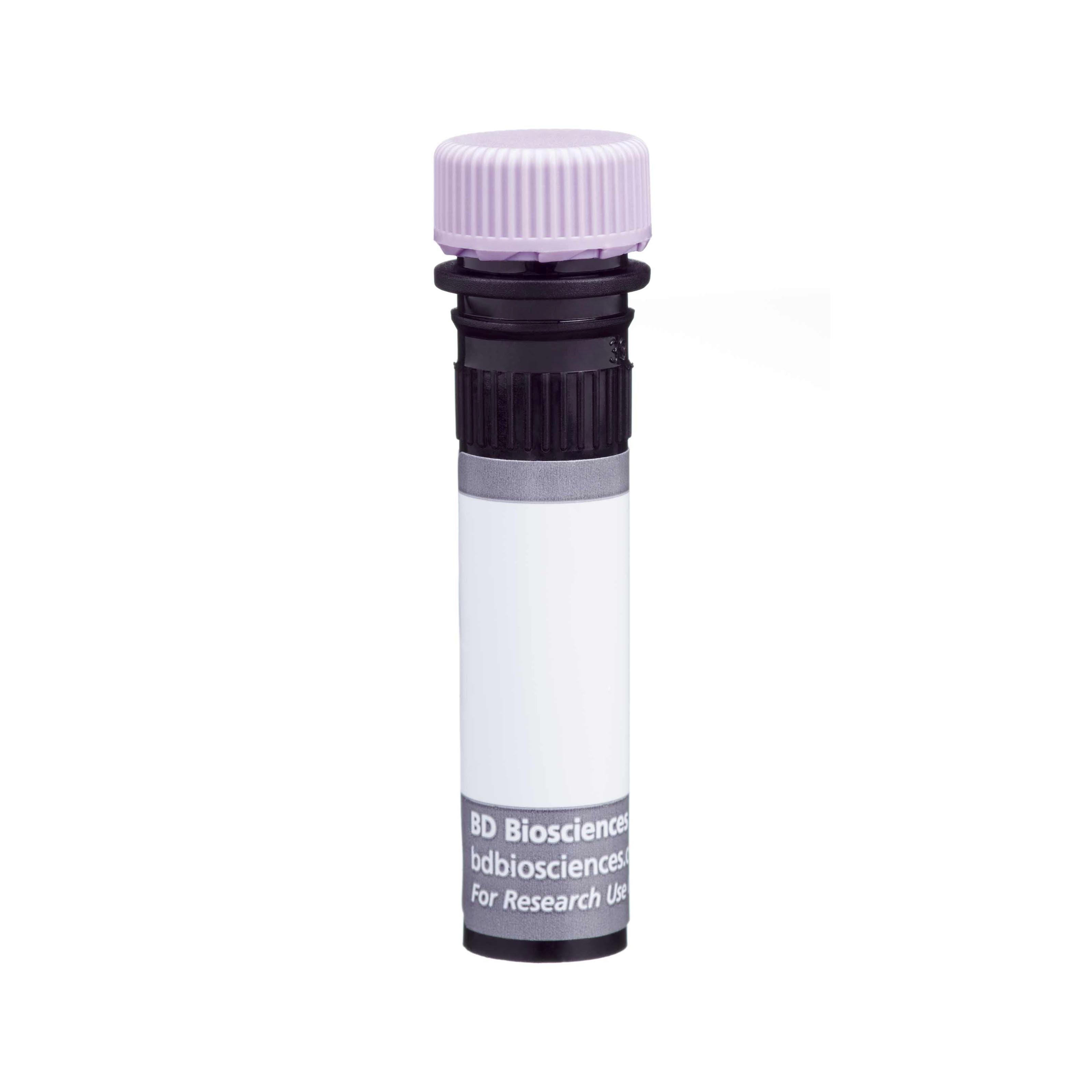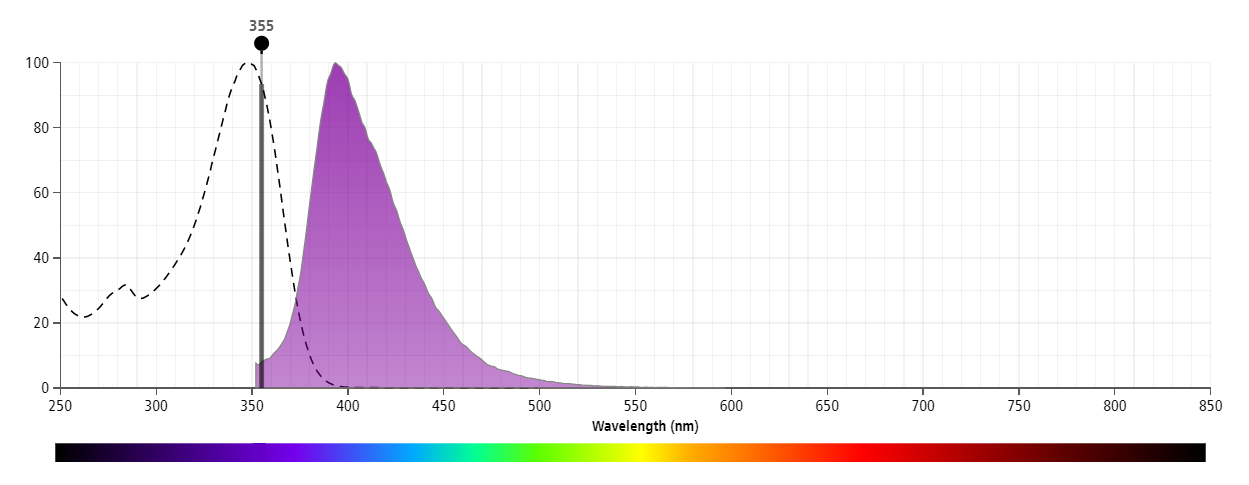Old Browser
This page has been recently translated and is available in French now.
Looks like you're visiting us from {countryName}.
Would you like to stay on the current country site or be switched to your country?


Regulatory Status Legend
Any use of products other than the permitted use without the express written authorization of Becton, Dickinson and Company is strictly prohibited.
Preparation And Storage
Recommended Assay Procedures
BD™ CompBeads can be used as surrogates to assess fluorescence spillover (Compensation). When fluorochrome conjugated antibodies are bound to CompBeads, they have spectral properties very similar to cells. However, for some fluorochromes there can be small differences in spectral emissions compared to cells, resulting in spillover values that differ when compared to biological controls. It is strongly recommended that when using a reagent for the first time, users compare the spillover on cells and CompBead to ensure that BD Comp beads are appropriate for your specific cellular application.
For optimal and reproducible results, BD Horizon Brilliant Stain Buffer should be used anytime two or more BD Horizon Brilliant dyes are used in the same experiment. Fluorescent dye interactions may cause staining artifacts which may affect data interpretation. The BD Horizon Brilliant Stain Buffer was designed to minimize these interactions. More information can be found in the Technical Data Sheet of the BD Horizon Brilliant Stain Buffer (Cat. No. 563794/566349) or the BD Horizon Brilliant Stain Buffer Plus (Cat. No. 566385).
Product Notices
- The production process underwent stringent testing and validation to assure that it generates a high-quality conjugate with consistent performance and specific binding activity. However, verification testing has not been performed on all conjugate lots.
- Researchers should determine the optimal concentration of this reagent for their individual applications.
- An isotype control should be used at the same concentration as the antibody of interest.
- Caution: Sodium azide yields highly toxic hydrazoic acid under acidic conditions. Dilute azide compounds in running water before discarding to avoid accumulation of potentially explosive deposits in plumbing.
- For fluorochrome spectra and suitable instrument settings, please refer to our Multicolor Flow Cytometry web page at www.bdbiosciences.com/colors.
- Please refer to www.bdbiosciences.com/us/s/resources for technical protocols.
- BD Horizon Brilliant Stain Buffer is covered by one or more of the following US patents: 8,110,673; 8,158,444; 8,575,303; 8,354,239.
- Please refer to http://regdocs.bd.com to access safety data sheets (SDS).
- BD Horizon Brilliant Ultraviolet 395 is covered by one or more of the following US patents: 8,158,444; 8,575,303; 8,354,239.
Companion Products






The P1H12 monoclonal antibody specifically binds to CD146. CD146 is a 118 kDa transmembrane glycoprotein also known as MCAM, MUC18, or Mel-CAM. CD146 is a member of the immunoglobulin superfamily strongly expressed by blood vessel endothelium and smooth muscle. CD146 is also expressed by angioblasts, mesenchymal stem cells, melanoma cells, intermediate trophoblasts and a subpopulation of activated T cells. The P1H12 monoclonal antibody has been reported to block endothelial cell adhesion that is observed very early in embryogenesis. It can be useful in the study of embryologic vasculogenesis. This antibody is suitable for immunohistochemical staining of acetone-fixed frozen tissue sections, immunoprecipitation and ELISA.
The antibody was conjugated to BD Horizon BUV395 which is part of the BD Horizon Brilliant™ Ultraviolet family of dyes. With an Ex Max near 348 nm and an Em Max near 395 nm, BD Horizon BUV395 can be excited by the ultraviolet laser (355 nm) laser and detected with a 379/28 filter. This dye has been exclusively developed by BD Biosciences as an optimal dye for use on instruments equipped with the ultraviolet laser and has virtually no spillover into any other detector.

Development References (7)
-
Elshal MF, Khan SS, Takahashi Y, Solomon MA, McCoy JP, Jr. CD146 (Mel-CAM), an adhesion marker of endothelial cells, is a novel marker of lymphocyte subset activation in normal peripheral blood. Blood. 2005; 106(8):2923-2924. (Clone-specific: Flow cytometry). View Reference
-
Kishimoto T. Tadamitsu Kishimoto .. et al., ed. Leucocyte typing VI : white cell differentiation antigens : proceedings of the sixth international workshop and conference held in Kobe, Japan, 10-14 November 1996. New York: Garland Pub.; 1997.
-
Sers C, Kirsch K, Rothbächer U, Riethmüller G, Johnson JP. Genomic organization of the melanoma-associated glycoprotein MUC18: implications for the evolution of the immunoglobulin domains. Proc Natl Acad Sci U S A. 1993; 90(18):8514-8518. (Biology). View Reference
-
Shih IM, Elder DE, Hsu MY, Herlyn M. Regulation of Mel-CAM/MUC18 expression on melanocytes of different stages of tumor progression by normal keratinocytes. Am J Pathol. 1994; 145(4):837-845. (Biology). View Reference
-
Shih IM. The role of CD146 (Mel-CAM) in biology and pathology. J Pathol. 1999; 189(1):4-11. (Biology). View Reference
-
Solovey A, Lin Y, Browne P, Choong S, Wayner E, Hebbel R P. Circulating activated endothelial cells in sickle cell anemia. N Engl J Med. 1997; 337(22):1584-1590. (Immunogen: Cell separation, Flow cytometry, Fluorescence microscopy, Immunofluorescence). View Reference
-
Solovey AN, Gui L, Chang L, Enenstein J, Browne PV, Hebbel RP. Identification and functional assessment of endothelial P1H12. J Lab Clin Med. 2001; 138(5):322-331. (Clone-specific: Activation, Functional assay, Inhibition, Stimulation). View Reference
Please refer to Support Documents for Quality Certificates
Global - Refer to manufacturer's instructions for use and related User Manuals and Technical data sheets before using this products as described
Comparisons, where applicable, are made against older BD Technology, manual methods or are general performance claims. Comparisons are not made against non-BD technologies, unless otherwise noted.
For Research Use Only. Not for use in diagnostic or therapeutic procedures.
Report a Site Issue
This form is intended to help us improve our website experience. For other support, please visit our Contact Us page.